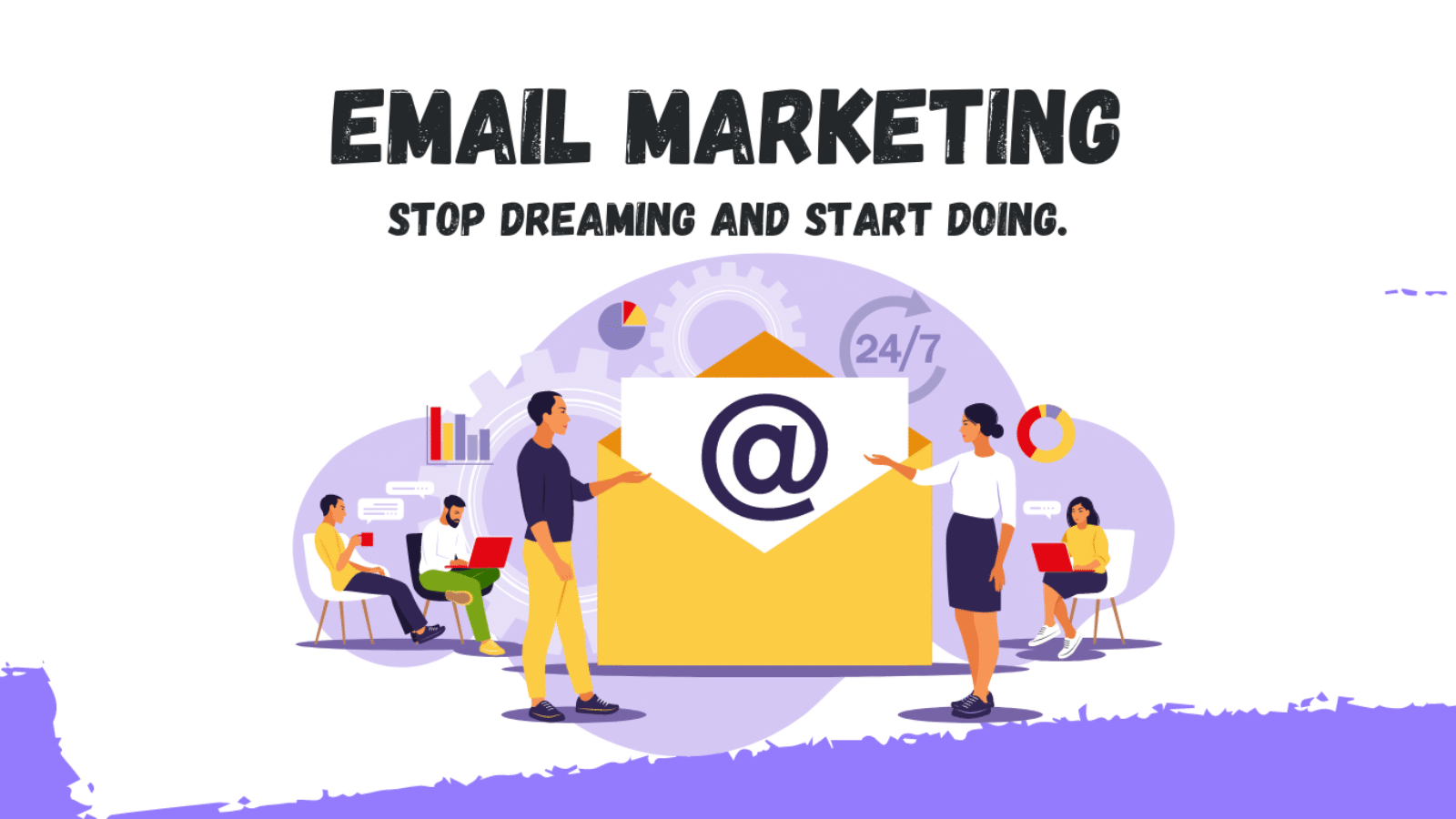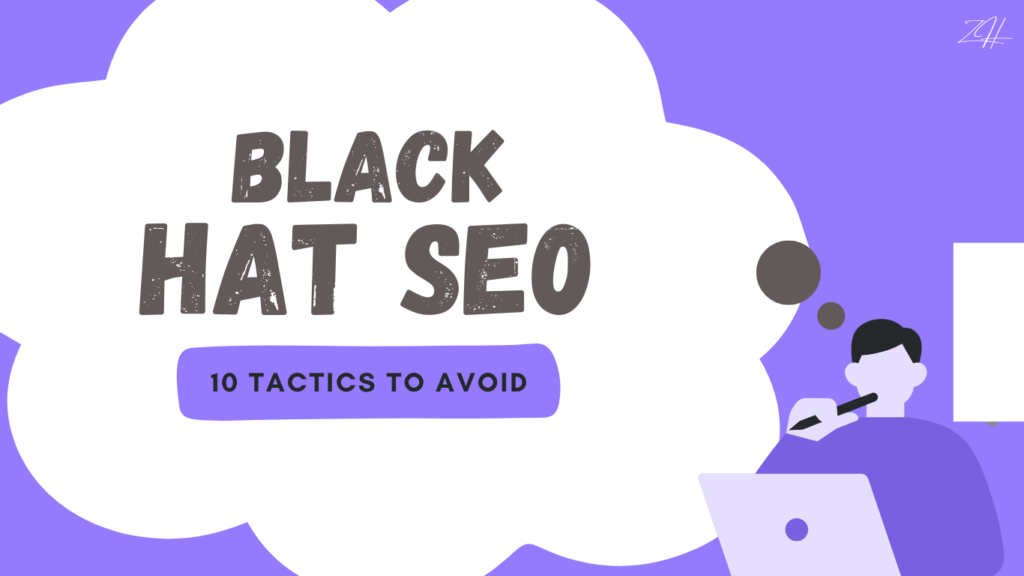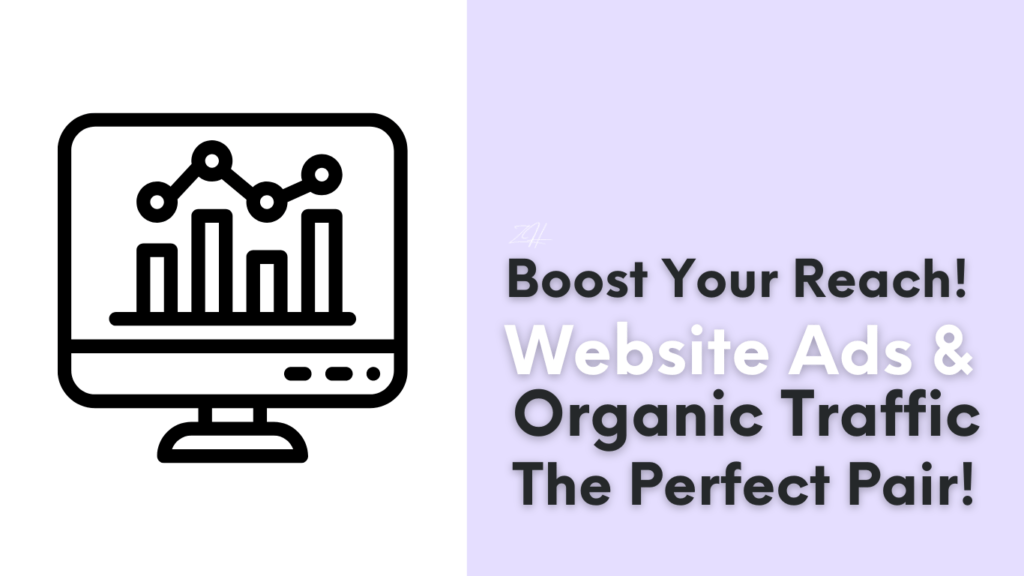
What Are Hashtags and How To Use Them?
Though they are a basic component of social media life, hashtags have more power than just serving as a “#” mark before a word. Knowing how to utilize hashtags well will greatly boost your online profile, raise interaction, and enable more people to find your material. This post investigates what hashtags are, their uses, and how to deliberately maximized their advantages.
What Is A Hashtags?
On social media, a hashtag—a word or phrase followed by the “#” symbol—is used to mark messages on a given theme:
- Originally debuted on Twitter in 2007, hashtags have since permeated other sites including Instagram, Facebook, LinkedIn, and Tik Hub.
- Content is categorized by them so that readers may more easily locate postings on particular subjects or trends.
- Social media marketing makes extensive use of hashtags, which helps companies to engage their target market and take part in more general dialogues.
The Advantages Of Hashtags:
Using hashtags strategically can benefit companies as well as people in various ways:
- Posts including hashtags are more likely to be found by consumers looking for particular subjects.
- By tying your material to hot subjects, hashtags can increase likes, comments, and shares.
- Custom or branded hashtags can help establish a community around your business and define it uniquely.
- Hashtags enable content organisation, therefore facilitating user access to pertinent data.
Types Of Hashtags:
Knowing the many kinds of hashtags will enable you to apply them more deliberately:
- Knowing the many kinds of hashtags will enable you to apply them more deliberately.
- Unique to your company or campaign, branded hashtags help to highlight your brand or product (like Nike’s #JustDoIt.
- Popular hashtags at a given moment typically connected to current events or viral movements.
- Appropriate for your sector or niche, they will enable you to reach a focused audience (such as #DigitalMarketing).
- Targeting a particular region or area, location hashtags—such as #NYC for New York City—
- Related to particular events or occasions (e.g., #Oscars for the Academy Awards), event hashtags.
How To Use Hashtags:
These best practices will help you to maximize the power of your hashtags.
- Make sure your hashtags closely connect to the material you are distributing.
- Steer clear of overuse by using too many hashtags; your content will seem spammy. On Twitter and LinkedIn stick to 1-3 hashtags; on Instagram, use up to 10-15.
- Search trending hashtags using Instagram’s explore page or Twitter’s trending topics.
- Finding pertinent hashtags for your material can be done using tools like All Hashtag or Hashtag Generators.
- Track your hashtags’ performance and modify your plan depending on what performs best.
Where To Use Hashtags:
Various social media sites have varying policies on the use of hashtags.
- Twitter: Perfect for succinct hashtags—ideally one or two per tweet. For more prominence, use trending hashtags.
- Instagram: Though 10–15 is ideal, you are allowed up to 30 hashtags. Stow them in the comments or post caption.
- Facebook: Though less common, hashtags still have great power. Keep to 1–2 pertinent hashtags.
- LinkedIn: To increase the discovery ability of your material using 2–3 industry-specific hashtags
- TikTok: Reaching your audience calls for hashtags. Combining trendy and specialty hashtags will help.
Avoid Hashtags Common Errors :
Steer clear of these frequent errors to make sure your hashtags are helping rather than working against you.
- Irrelevant Hashtags: Avoid using well-known hashtags unrelated to your material only for show.
- Complicated Hashtags: Overkill Simplify and make sense your hashtags. Steer clear of long and intricate language.
- Ignoring analytics: Always monitor your hashtags’ performance. Ignoring analytics would mean passing on chances to maximize your approach.
- Overusing Hashtags:
Too many hashtags could overwhelm your viewers and weaken your message. - Replacing rivals: Although competition can motivate you, your hashtags should be original and specific for your brand.
Hashtags And SEO:
Though they mostly serve on social media, hashtags can also affect your search engine optimization.
- Hashtags can raise participation, thereby indirectly affecting your search results.
- Hashtags help your material to be more easily found on social media, therefore increasing website traffic.
- Using hashtags as long-term keywords will help you to target particular search queries.
- Share hash tagged materials from your blog and social media to boost your whole SEO.
Conclusion
A great way to improve your online profile, increase interaction, and get a larger audience is with hashtags. A more strong and successful social media plan might result from knowing the several kinds of hashtags and how best to use them. Most crucial, maintain your hashtags relevant and targeted to your audience; remember to keep current on trends, use analytics to guide your decisions.












